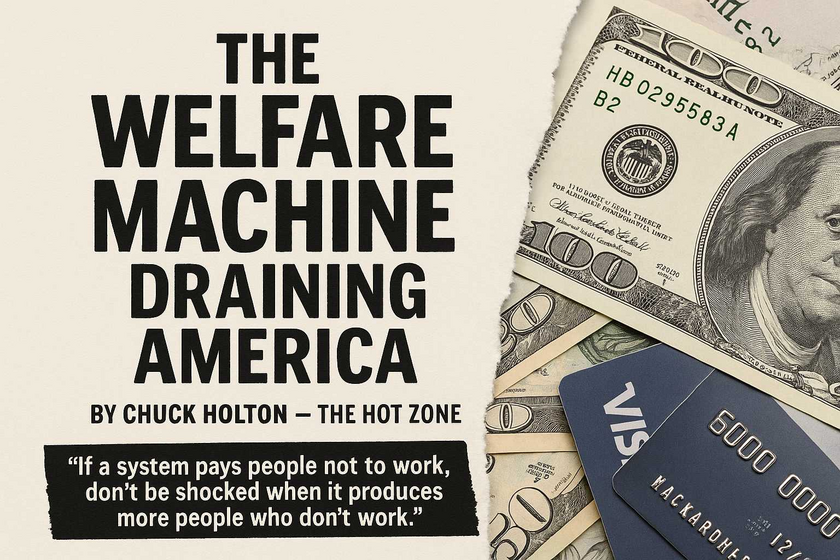“If a system pays people not to work, don’t be shocked when it produces more people who don’t work.”
The Real Cost of “Free”
Let’s do the math.
The U.S. spends trillions of dollars every year on welfare and entitlement programs—federal, state, and local combined. When you divide that by the number of taxpayers, you’re effectively paying about $3,500 a month to fund these systems.
That’s your money. Every month. Whether you like it or not.
And if only 1% of that is wasted through fraud—and I assure you it’s much more—that’s a billion dollars a month going straight into the ether.
The Government Accountability Office estimates 11% of welfare spending is lost to fraud, waste, and abuse. Eleven percent. That’s not a rounding error; that’s a hemorrhage.
“Fraud isn’t a bug in the system—it’s the business model for people who know how to game it.”
What I Found on the Ground
This isn’t theory for me. I’ve been to the villages in Guatemala and seen what happens when America subsidizes dependency.
One mountain town I visited looked like a ghost village. The mayor told me it used to hold around 2,000 residents, but now maybe 200 remain—mostly women and children. Almost all the men had gone to the United States.
And they’re not just sending postcards home. They’re sending money.
Those “remittances” are being used to build 3,000-square-foot mansions in a town where people once lived in bamboo huts with dirt floors. American tax dollars—channeled through welfare checks and under-the-table cash work—are being wired home and turned into marble staircases and brass fixtures.
Across Latin America, that story repeats. Over $200 billion a year leaves the U.S. in remittances. Not all of it is ill-gotten, but enough is that it’s propping up entire foreign economies—Mexico, India, even China—with money that originated from your tax bill.

















